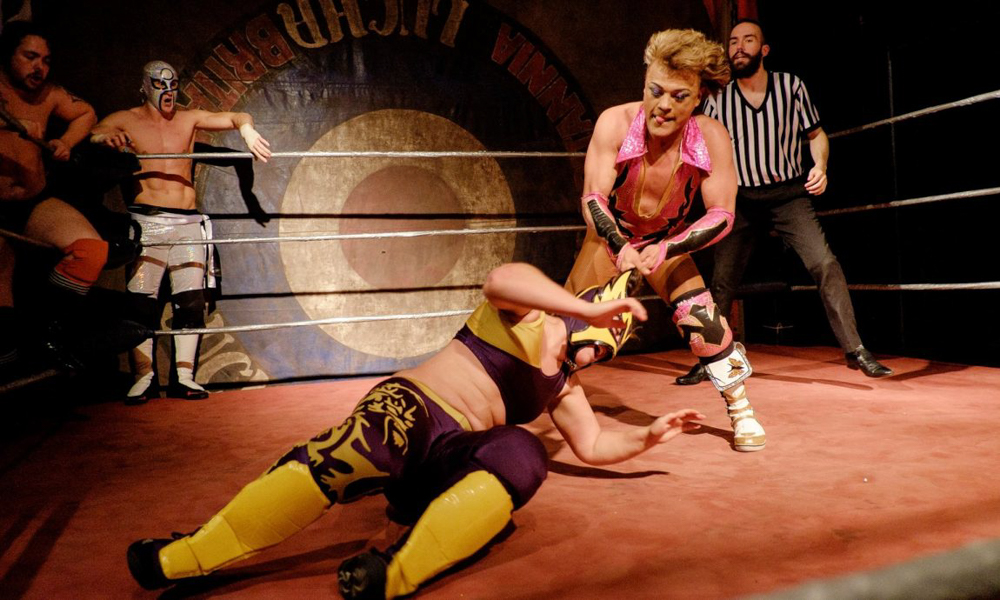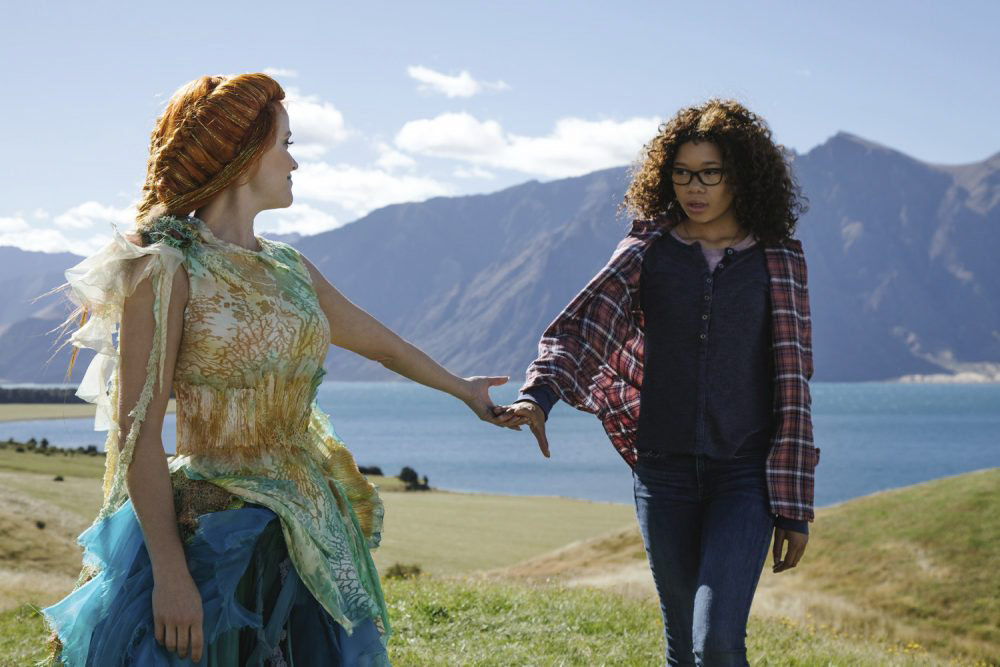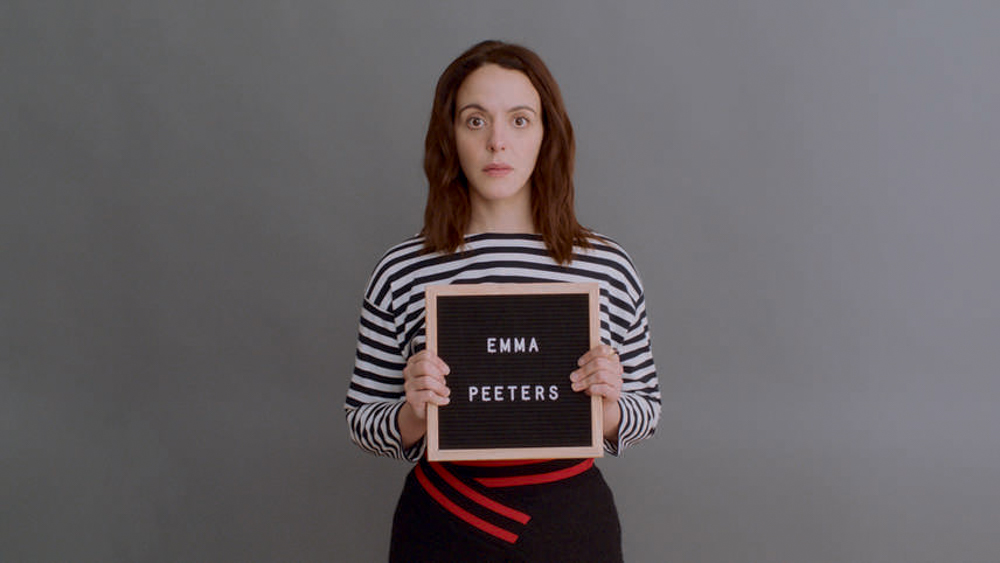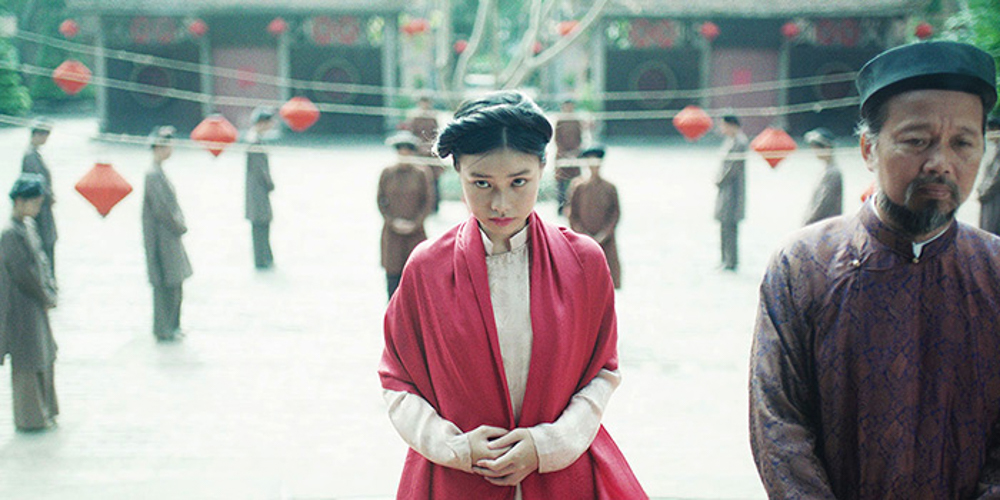Women Gaining Foothold in the Film Industry
SBIFF Has Record Number of Female Filmmakers in This Year’s Festival

“We’re still a little bit like the chervil on a salad,” Victoria Blamey stated matter-of-factly as she dressed a plate of braised greens. “We’re like some kind of garnish because it looks good. You know, like people need to see that you’re promoting women.” Blamey, the Chilean powerhouse and talent behind New York City’s famed Chumley’s restaurant, is also one of the stars of The Heat — filmmaker Maya Gallus’s explosive analysis of the culinary industry told through the eyes of eight female chefs — and, true to her profession, she served up her beliefs with piercing directness. “Women have been the ones that have cooked for the chefs or the man that became a chef,” she pressed on. “So, women have cooked all this time but can’t make it to the professional side? That is the irony of all this.”
For nearly a decade, Gallus has been one of a growing number of filmmakers fixing her lens on the intricacies of the female experience, amplifying the voices and stories of women behind and in front of the camera who “for too long,” she said, “have been relegated to the margins of our cultural conversations.” This week, her timely documentary will join the works of nearly 70 other female-directed films from nearly two dozen countries as official selections for the 2019 Santa Barbara International Film Festival (SBIFF).
Statistically Speaking
“We’re definitely seeing a gradual change in the number of female filmmaker submissions,” said SBIFF Program Director Michael Albright. “This year, there’s about equal representation in our European selections, and more women than men in our Social Justice category.” Dig a little deeper, and you’ll also find a narrowing gender disparity in the selection process itself, where a screening committee made up of nearly equal parts female and male is faced with the daunting task of whittling approximately 3,000 film entries down to nearly 200 official festival selections.

So why does gender representation matter? According to the 2018 Celluloid Ceiling report (one of the longest-running and most comprehensive studies of women’s behind-the scenes employment in film), only 15 percent of the directors working on the top 500 domestic grossing films were women, down from 18 percent in 2017. But on films with at least one female director, 71 percent of its writers were also female, compared to only 13 percent for films that had exclusively male directors. (Some films have male and female codirectors, and they still tend to hire women as writers when it’s a mixed bag. It’s only when a film has directors who are all men that the number of female writers on a film plummets.) Findings from the USC Annenberg Inclusion Initiative revealed another interesting phenomena: Of the 19,559 Rotten Tomatoes reviews they evaluated in 2017, a staggering 77.8 percent were written by men, compared to just 22.2 percent written by women. And according to a 2018 Thumbs Down report, only 37 percent of films reviewed by males last year feature at least one female protagonist, compared to 51 percent reviewed by females. (Last spring, actress Brie Larson made headlines when she famously quipped, “I do not need a 40-year-old white dude to tell me what didn’t work for him about A Wrinkle in Time. It wasn’t made for him.”)
Women Have Stories Too
It was an unassuming Thursday afternoon when I put in a call to Switzerland, but the mood on the other end of the line was unmistakably festive. “Wait, wait, we can’t see you,” laughed Stéphanie Chuat as Véronique Reymond piped in to introduce herself. Chuat and Reymond are longtime friends and the codirectors of Les Dames, a touching Swiss documentary about the societal repercussions of aging that will make its U.S. debut at this year’s festival. “It’s hard to make a film about invisible women,” said Chuat, “but luckily we are really stubborn.”
Over the course of a fully immersive year, Chuat and Reymond followed the lives of five older-than-60 women as they navigated their emotions around divorce, death, and reinvention in an effort to reclaim balance and harmony as single women. “Their stories happened in front of our eyes,” recalled Reymond, “and we felt so touched that they put so much trust in us and in the process.” Although Chuat and Reymond stressed that ageism is a universal topic, they wanted to reflect the more internal ways in which European women grapple with implications of undesirability. “In the U.S., plastic surgery is much more common, and there’s much more transparency in this violence against aging,” offered Chuat. “European women are encouraged to age more naturally, but then the men continue to search for younger women that flatter their ego. It’s a very complex situation.”

For Belgium filmmaker Nicole Palo, the subject of aging and expectations are also at the center of her latest feature film, Emma Peeters, in which a young Parisian woman’s perceived inadequacies in her career and relationships lead her to the decision to commit suicide on her 35th birthday. “Emma Peeters, I must admit, is very close to my personality,” said Palo. “I summed up all my flaws and had fun giving her a hard time.” Through brilliantly dark humor and cinematic shots of some of the City of Lights’s most swoon-worthy neighborhoods, Emma befriends a quirky funeral home director and begins to take stock of all that life — and she — has to offer. “Suicide is to be taken for its symbolic meaning,” explained Palo. “Sometimes you have to kill a poor self-image to discover who you really are and accept yourself as you are.”
In Aquí y ahora, Costa Rican filmmaker Paz León swirls around similar themes of self-discovery and sacrifice as her young protagonist Lara prepares for a scholarship audition with a Berlin dance company. “Lara is told she’s not the best dancer at her school, and I really wanted to show the discipline and physicality that it takes to achieve success despite obstacles,” stressed León. With striking juxtapositions of Costa Rica’s urban landscape and verdant countryside, Lara stumbles into an unexpected love affair that will challenge her life’s trajectory. “Some people had issues with Lara not being conflicted about her choice,” recalled León, “but I think sacrifice and consequences are also part of the growth process.”

More Is Better
Survey the breadth and scope of this year’s female-driven festival selections, and it’s hard to miss the benefits of more voices at the table. From the painfully arresting life of a child bride in 19th-century Vietnam (The Third Wife) to the infectious mania of Tour de France fans (Holy Tour) or a gender-bending Mexican wrestler (Cassandro the Exotico!), the themes and cultural overtones of each of the 68 films are as varied as the women who directed them — not to mention the characters themselves.
“I think the problem of the image of women in films comes more from commercial cinema, which portray archetypes like the femme fatale, the servile mother, or the sexy girl with nothing in the brain,” said Palo. And she has a point. The women in Carmen y Lola, I Used to Be Normal, and Tell It to the Bees are visually stunning, but they’re more interested in grappling with their own sexual identities than seducing the viewer. And the mothers I encountered in some of these films? They also happen to be whistleblowers (Inside Lehman Brothers), environmentalists (Silent Forests), and humanitarian workers (Laila at the Bridge).
Gallus drives the point home: “Cinema has the power to reflect and reveal society in a way that really resonates with people. Women’s stories are no doubt a fundamental part of that conversation.”



